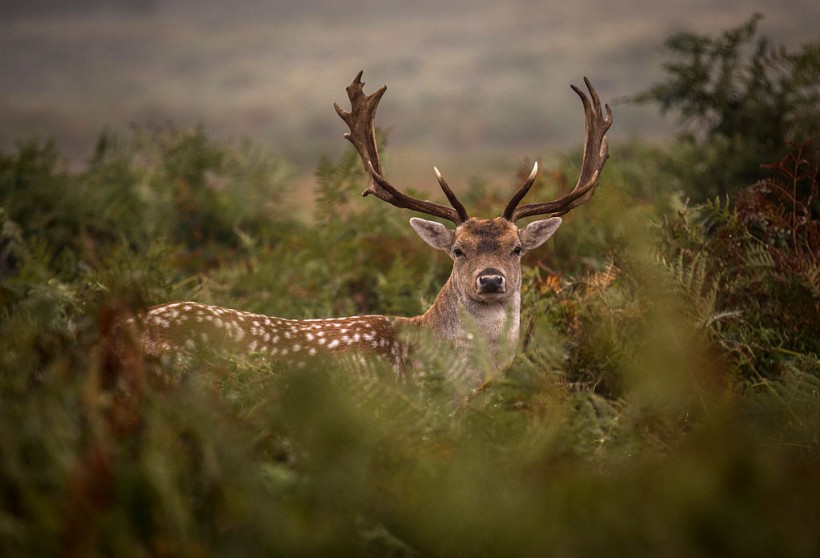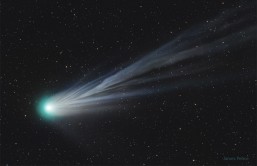
(Photo : Rob Stothard/Getty Images)
Scientists think that wild deer could gestate and generate a new COVID strain that can infect and with newer adaptations originating from zoonotic sources.
The threat of the Delta and Omicron is serious, though another mutant will not be a good development.Animals like bats and pangolins have alluded to sources of these coronaviruses.
Deer could give new deadly coronavirus strain
The wild white-tailed deer, the species on which Walt Disney inspired his most-loved animal Bambi, have been shown to bring at least three variants of the pathogen, reported the Daily Star.
A study done in Ohio, United States, has identified the herbivores as carriers for mutant strains yet to be found.
According to Andrew Bowman, from The Ohio State University, remarked the data from the research have verified these animals had contact with the virus. The infection and transmission of a pathogen can be done in a controlled lab experiment, according to Eureka Alert.
He added that if the infected deer out there gestate the virus, then a new source of mutant variants can come into contact with humans.
Three mutations were identified in a total number of 360 animals found in six places. Worries over the jumping of the pathogen from one animal and another; can make a mutant come into existence.
The deer's nasal swabs were collected from January and March 2021, before Delta ravaged the world, and that genotype was just not available. By coincidence, the strains from the animals were the same as patients sick with COVID-19. One idea is that the new COVID strain can survive and flourish in the wild deer and stay inside their bodies until it can infect.
Read Also: COVID-19 Antibodies Reduces the Immune Response Resulting to More Prolonged Symptoms in Long Haulers
Mr. Bowman suggests there is a danger for the coronavirus to exist in other animals that people can have contact with, cited Wales Online. It's unclear how the deer got contaminated or if they can transmit how the virus acts in their bodies to humans and other animals.
PCR tests showed that genetic material corresponding to three SARS-CoV-2 types was found in 1298 animals. The data checked revealed that B.1.2 pathogens were dominant in Ohio in the year's early part. Later the coronavirus variant got spread to three locations where the animals were plentiful.
He added the sequencing that shows people are transmitting it to the deer. Furthermore, it has been transferred to them multiple times. In this case, humans are the culprit.
One finding is that those deer populations got introduced to six virus variants. It isn't as if a specific population contracted it, and afterward, it spread. The frequency of infection is projected to range between 13.5 to 70% throughout the nine sites based on the findings.
Animals as carriers of more transmissible COVID-19 variants
If the animals become a reservoir, there would be two results, said the professor. One result is that the pathogen would evolve in the deer and infect other animals and people. Another is there is an evolution in the animals, but keep on changing humans if there is no immunity from a deer-based pathogen.
Also, the source is contaminated water in the environment, and the professor is working out how it works. The theory is that wild deer can be the source of a new COVID strain gestated in these mammals with unpredictable results.
Related Article: UCLA Researchers Find Evidence That T-Cells Added to COVID-19 Vaccines Could Deal With More Strains Like the Delta, Omicron








